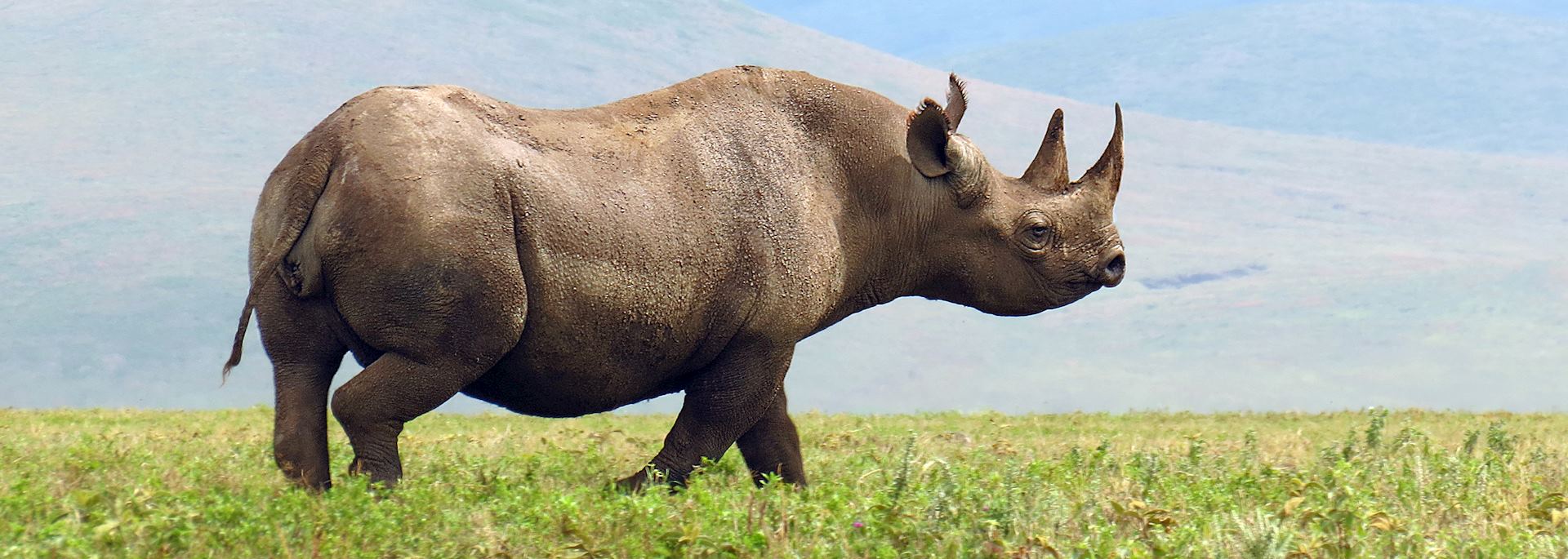
Ngorongoro Crater
- Home
- Ngorongoro Crater
Habitat
While the Ngorongoro Conservation Area spans just over 8,000 km², the Ngorongoro Crater, the area's most well-known feature, spans only 260 km². And it's precisely its small size that makes it a Tanzanian must-see! Being a caldera, or collapsed volcano, it has steep walls 610 m high, creating a bowl in which vast numbers of animals roam. Within this small area is a diverse range of habitats; montane forest on the rain-facing wall and grassland on the drier west wall. The floor is a vast grassland with a couple of acacia forests, salt-lake Lake Magadi, and Ngoitokitok Spring, which creates a swamp in the east of the crater.
Wildlife
Within the Ngorongoro Crater, there is a huge concentration of wildlife, including the Big Five. Hippo, crocodile, zebra, and a wide range of antelope and plains game live here, too. Regular sightings of the critically endangered black rhino have been reported. It's estimated that about 25,000 big animals live within this natural enclosure. Expect to see many animals within a short space of time in the fertile bowl created by the caldera. Ngorongoro Crater is also a special place for birders. The salt lake in the crater is home to hundreds of beautiful pink flamingos and birds of prey soar through the skies above.
Best time to visit
The wildlife living in the crater itself is there all year, so from a game-viewing point of view, Ngorongoro Crater is good all year. Due to its size, the area may get crowded during the peak tourist season which lasts most of the year, excluding April and May when major downpours make some of the roads hazardous and unpassable.
How did the Ngorongoro Crater form?
Now classed as a UNESCO World Heritage Site, the Ngorongoro Crater was formed when a giant volcano exploded and collapsed around 3 million years ago. The cone of the volcanic caldera collapsed inwards and created what we know today as one of the most unique safari parks in Africa, and indeed the world. An It-of-a-kind safari destination teeming with life. Now Ngorongoro is a notoriously difficult destination to work out logistics for, but from years of experience organizing such trips, we can guide you in the right direction – so give us a call to discuss your different options.
Other destinations
Get Help
Our dedicated team of travel experts is here to assist you every step of the way, ensuring a seamless and unforgettable journey.